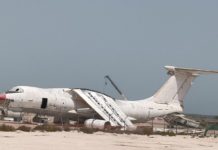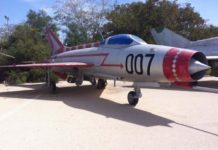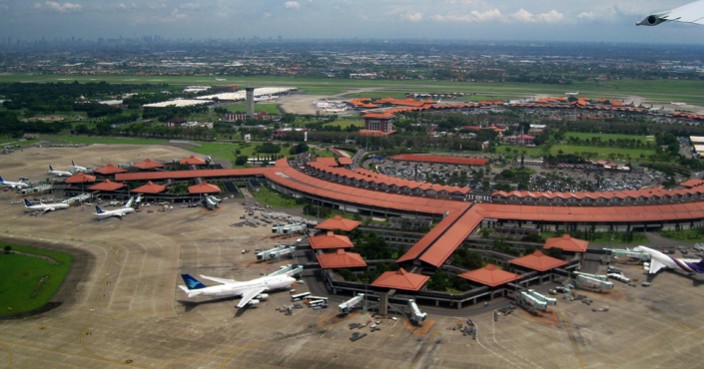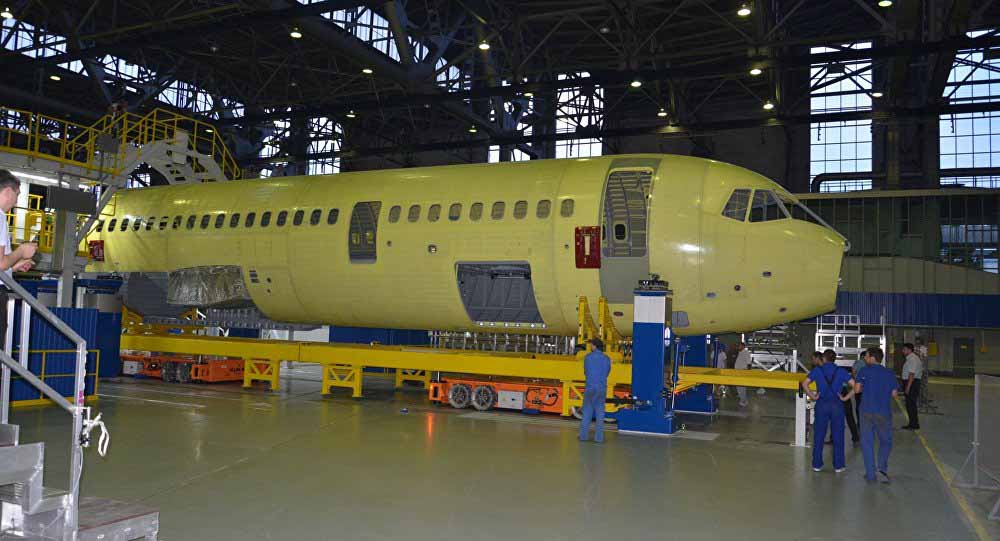Later, many of the 737s returned to the US, flying short hops on domestic services. By the time the airline collapsed, it was flying just five of the type. So where did all these aircraft go?
Alongside its huge fleet of 65 Boeing 747s, which we investigated last week, Pan Am also had a fair number of other aircraft in operation. From Douglas DC-8s to Airbus A310s, there was a pretty mixed bag flying for the airline at one time or another. One aircraft which they had a strong relationship with was the Boeing 737, so what happened to all those? We take a look at what happened to Pan Am’s Boeing 737s.
Pan Am (the original one) had a total of 16 Boeing 737s flying for it over the years. All were the 737-200 variant, with the first arriving in April 1982. The final aircraft arrived in October 1983, but by 1985 they had started to leave the fleet. The final 737-200 left Pan Am on the 15th December 1992.
Pan Am’s 737s were all configured for 116 passengers across two classes. There were 21 seats in ‘Clipper Class’, and 95 in economy.
Most of these aircraft were used on internal German routes. At the time, the native German airline Lufthansa was prohibited from flying between East and West Germany, so it was up to airlines like Pan Am, Air France and British Airways to fill in the gap. Some would venture further info Europe too, but as most were based in Berlin, they usually had very German sounding names. For example:
Later, many of the 737s returned to the US, flying short hops on domestic services. By the time the airline collapsed, it was flying just five of the type. So where did all these aircraft go?
Where did the 737s go?
Interestingly, none of the Pan Am 737s arrived at the airline new. All had operated for other airlines previously. Four came from Pacific Western Airlines, two from Aloha Airlines, one from Wein Air Alaska, one from Trans European Airlines and six from Air Florida. Interestingly, the Air Florida 737s retained their colorful green and blue interior, a stark contrast to the Pan Am blue of the rest of the fleet.
The Quebecair 737s were all leased from the operator, returning to the lessor in 1985. One was eventually scrapped, having worked for various Canadian operators, and the other two are listed as stored.
The Aloha, TEA and Wein aircraft were also leased, returning to their lessors at the end of the lease period, between 1985 and 1988. The TEA aircraft went on to work for British Midland, Tunisair and Aloha Airlines, before being scrapped in 2005. The Wein 737 was a combi passenger and cargo plane, registered N4902W. It went on to work for cargo airlines in France, but was withdrawn from use and stored in 2005.
Radar test bed
N70724, one of the planes that came from Aloha Airlines, was sold on by Aloha to IAI ELTA Electronics in Israel in 1995, where it became a radar testbed, operating as 4X-AOT. Since 2013, it has been stored in Tel Aviv. The other Aloha aircraft, N70723, went on to work for WestJet from 1998 to 2003 as C-GCWJ, when it was scrapped.
The four 737s that came from Pacific Western all went on to other carriers too. Other places you might have found them flying included WestJet, Copa Airlines, Bahamasair and Rossair in South Africa. Today, one has been scrapped and the other three are listed as stored.
Finally, we come to the six Air Florida 737s. These were all used in Berlin initially, taking on names such as Clipper Zehlendorf and Clipper Charlottenburg. However, they underwent renaming on return to the US, being given more American sounding names such as Clipper Rainbow and Clipper San Diego.
Air Philippines
After leaving Pan Am, these 737s went on to work for a wide variety of other carriers, including Lao Aviation, Air Philippines, Barnax Air and Cayman Airways. However, now at more than 50 years old, it’s no surprise that none are in use anymore. Two are listed as having been scrapped, while the rest are in storage.
Source: Simple Flying









